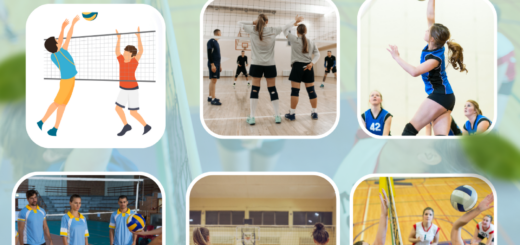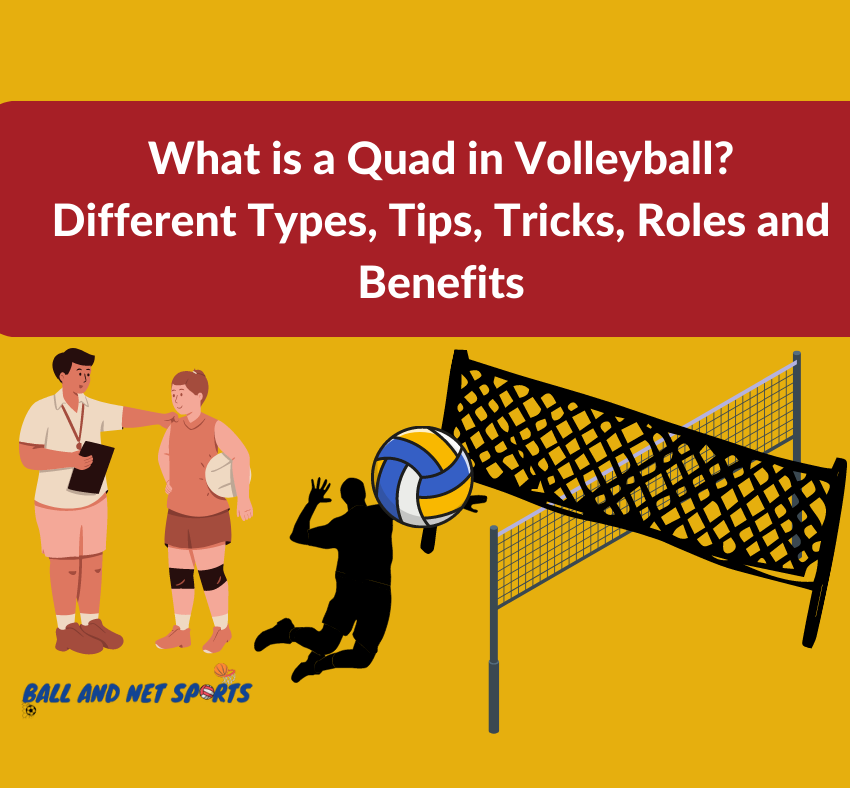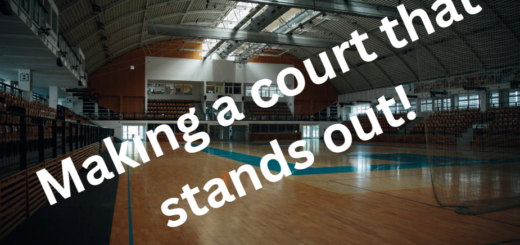Open Spiker in Volleyball: Who They Are And What Do They Do?
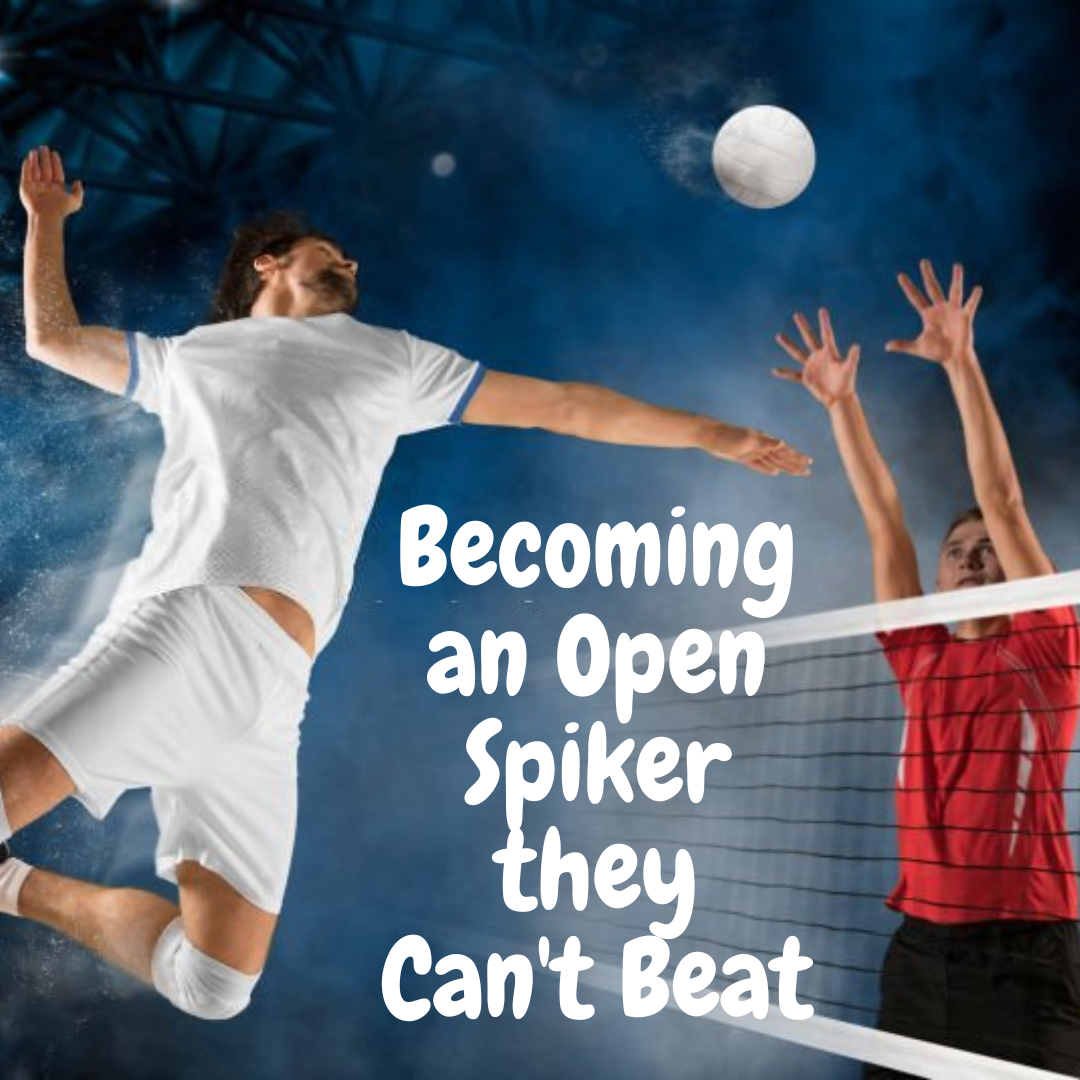
A good open spiker is a champion on and off the field. They are all true rounders of the court. But who is an open spiker really? And what do they do on the court that makes them different from other players?
Open spikers, famously known as Outside hitters, play on the left side of the front row of the volleyball court. While they are there to spike the ball, they also need to be great passers and blockers. But the term open spiker is rarely used in volleyball; these players are mostly known as “outside hitters.”

It doesn’t matter how cool and composed open spikers are outside the court, they need to be aggressive on the field.
And this aggression is shown when they spike the ball really hard to score points for their team.
Now let’s dig down into more technicalities of this important position.
Difference Between Open Spiker And Outside Hitter
Open spikers are just another name for “outside hitters,” so there is no difference between them technically. The terms can be used interchangeably.
It’s just the personal preference of everyone whether to call this position an open spiker or the outside hitter.
While both of these terms represent the same position, you’ll see the term “opposite hitter” being used everywhere in the volleyball world just because it is the conventional way to do it.
Why Are Outside Hitters Called Open Spikers
Open spikers are the go-to hitters for any volleyball team. They are the most useful resource of any team. The term is devised from the fact that these players are open to play on the other positions on the court, and just to differentiate them from other hitters of the court due to the importance of the role they are playing in.
What Do Open Spikers Do in Volleyball Court? Roles and Responsibilities
If I have to describe the role of open spikers in images, this is what I will do:
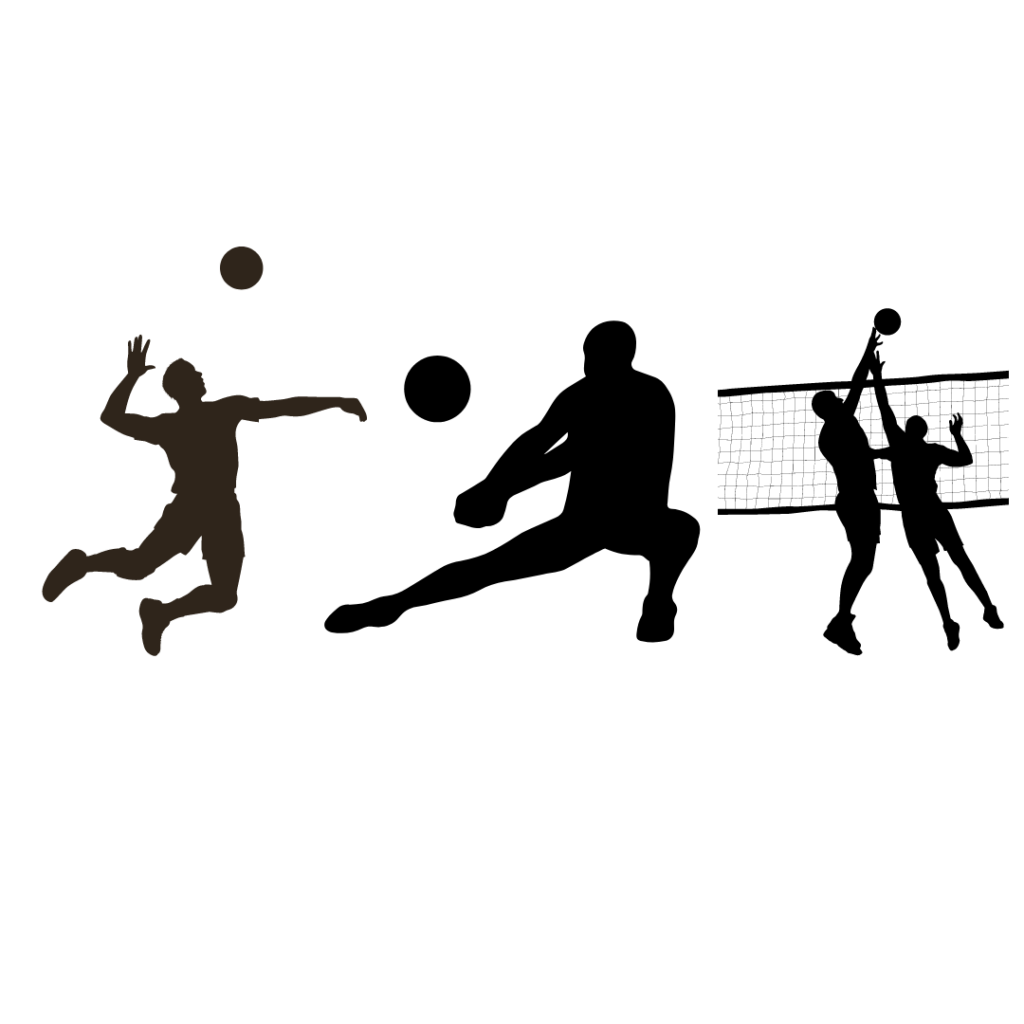
Yes, you got it right: they just do everything on the courty.
An open spiker hits and blocks from the left side of the court.
Normally, they also carry the responsibilities of passing and playing defense when they get to the back row.
The open spiker typically gets the most sets, especially when the setter is out of the system, due to the fact that the outside set is one of the easier options to set.
Many setters struggle to set the ball to the right side of the court to the right-side attacker.
So open spikers get the most of the hits.
And this is where their skill is tested.
They need to have a fast arm swing alongside a high jump that could make them invincible.
An open spiker’s responsibilities include hitting from the front and back row, passing in serve receive, playing left or middle-back defense, and blocking.
Fun Fact About Open Spikers
Here is a fun fact about open spikers
They Are Usually Right Handed.
This is not always correct, but having a right-handed open spiker makes life easier for every player on the court.
If open spikers are left-handed, they need to wait for the ball to come across their body to be able to hit it perfectly.
However, when they are right-handed, they can just hit the ball right away when the setter sets it.
Also, the right-handed open spikers have a lot of room to position themselves and have minimal chances to throw the ball outside the sideline.
Having said that, not all the open spikers are right-handed, and it’s completely fine if you want to play at this position with your left hand.
You just need to put in some extra work to master the art.
What Are the Skills of a Good Open Spiker
Here are the must-have skills for an open spiker:
Offensive Role
This is, hands down, the most important skill in any open spiker. In fact, open spikers are mostly judged due to their aggressive and offensive role on the court.
Their primary weapon is offensive, as they are in the team to receive sets and attack the ball to score points. These hitters often have strong hitting abilities and are known for their powerful spikes and effective shots.
Hitting Techniques
Outside hitters utilize various hitting techniques to outsmart the blockers and score points.
They can perform powerful cross-court spikes, sharp line shots, roll shots, and even tip the ball over the blockers. Their versatility and ability to adjust their attacks are essential in penetrating the opposing team’s defense.
Blocking
While the primary focus of open spikers is offense, this is not the only thing they do. When their team doesn’t have the ball, they are the ones who have to position themselves as a blocker.
They are primarily responsible for blocking the right-side hitter of the opposition. If they have the necessary jumping skills (which are required in their primary role), they will help them here as well.
Not to mention that their height is also valuable in blocking the opposition’s right-side attacker’s spikes.
Open Spikers as the Serve Recipients (Passers)
While serving is one of the roles of open spikers, there is a common perception that they are not so good in this role.
That is why they are mostly targeted by the opposition’s servers when they are playing in the back row.
As the server sends the ball over the net, the outside hitter position in the back row must be prepared to receive the serve. This area of the court becomes a focal point for the opposition’s serving strategy, as they aim to exploit any weaknesses in the open spiker’s passing skills.
But this is where the serving skills of the open spiker will come into play.
If they have the skill to pass, the setter will have a busy time ahead.
Versatility and Adaptability
Open spikers are involved in a variety of roles on the court, so they need to be adaptable and versatile. They just cannot compromise on this.
Open spikers must be able to adjust to different sets, hit from different angles, and adapt to different defensive strategies employed by the opposing team, whenever their team needs it.
Their ability to be versatile and make split-second decisions is what makes them different from others.
Team Communication
I can’t emphasize this enough. Having good verbal and non-verbal communication skills is the primary forte of any open spiker.
Since they are all-rounders, they need to communicate with their teammates all the time. When everyone is silent, they speak (sometimes verbally, mostly non-verbally).
They need to read the body language of other team members, especially setters and be able to communicate with them with their body language so that the setter can set a perfect spike for them.
How to be a Good Open Spiker
Becoming a good open spiker is an art.
While the skill is difficult to master, don’t forget every master was once a beginner.
To become a good open spiker hitter in volleyball, these are the skills that you can learn.
Develop Strong Hitting Technique
Work on your hitting technique to generate power and accuracy.
Focus on your approach, arm swing, and timing to maximize your hitting potential.
Practice hitting from different angles and positions along the net to become versatile in your attacks.
Improve Jumping Ability
Great spikers have great jumping ability. They know how to make their approach jump better (or they learn how to do it if they don’t have it already).
Let me give you an example here.
Yuji Nishida, the latest Japanese volleyball sensation, has a vertical jump of 41.3″ or 105 cm almost.
While he is an opposite spiker, the same high jumping standards stand true for open spikers as well.
And since open spikers are more busy players than opposite spikers, they need to work on their jumping skills even more.
That is why you need to incorporate plyometric exercises, such as jump training and explosive movements, to improve your jumping ability. This will help you reach higher and hit over blockers effectively.
This is how you can improve the volleyball jumping ability as an open spiker:
Enhance Court Awareness
Develop good court vision and awareness by observing the opponent’s defense, identifying open areas, and recognizing defensive patterns. This will enable you to make quick decisions on shot selection and exploit gaps in the defense.
Work on Passing and Defensive Skills
Practice your serve-receive technique and work on delivering accurate passes to the setter.
Also, focus on your defensive abilities, such as digging and reading the hitter, to contribute effectively in the backcourt.
Strengthen Blocking Skills
To make your blocking skills impenetrable, practice your timing, footwork, and blocking technique to become a better contributor at the net.
Maintain Fitness and Strength
As you will be busy roaming the court as an open spiker, you need to have exceptional fitness and strength.
Even as a volleyball talent-hunting specialist, I have found that most open spikers are not up to the mark of fitness and strength.
So, there is a big gap. With a little extra push, you can easily develop these skills and be a good volleyball open spiker.
Also, there are a set of drills that are specifically crafted for open spikers. With these skills, this art is easy to master.
Drills to Practice as an Open Spiker
Here are the drills that you must practice in order to be a great open spiker.
Hitting Lines
- Have a setter or coach stand on the opposite side of the net, ready to set.
- Open spiker approaches the net, receives a set, and executes a hit.
- Vary the sets by location, height, and speed to simulate different game situations.
- Focus on proper footwork, approach, and hitting technique.
- Rotate positions in the hitting line to practice attacking from different angles.
Block and Attack
- Set up a blocking station near the net with a blocker (teammate or coach) on one side.
- The open spiker stands opposite the blocker, ready to block.
- The blocker simulates attacks by hitting or tossing the ball.
- The outside hitter focuses on reading the hitter, timing the jump, and properly positioning their hands to block effectively.
- After blocking, quickly transition to an attacking position and execute various hitting techniques.
Defense and Transition
- Have a coach or teammate simulate attacks by hitting or tossing balls toward the outside hitter.
- The outside hitter focuses on digging or receiving the attacks effectively.
- After the dig or receive, quickly transition into an attacking position.
- Practice adjusting footwork, timing, and hitting techniques to maximize effectiveness in transition.
- Repeat the drill with variations in attack angles and speeds to simulate real-game situations.
Cross-Court Hitting:
- Start near the sideline on one side of the court.
- Approach the net from an angle, focusing on footwork, approach, and hitting technique.
- Aim to hit the ball diagonally across the court to the opposite corner.
- Gradually move toward the center of the court, hitting cross-court shots from various positions and angles.
- Work on generating power, accuracy, and control in your cross-court hits.
Reaction Drills
- Have a coach or teammate randomly toss or hit balls toward you from different locations on the court.
- Practice reacting quickly to attack or control the ball effectively.
- Focus on proper footwork, quick decision-making, and executing the appropriate technique based on the situation.
- Vary the height, speed, and direction of the tossed or hit balls to challenge your reflexes and decision-making abilities.
Strength and Conditioning:
- Design a strength and conditioning program that includes exercises like squats, lunges, plyometric jumps, core workouts, and agility drills.
- Follow a structured routine and gradually increase the intensity and difficulty over time.
- Incorporate exercises that target leg strength, explosiveness, core stability, and overall fitness.
- Consult with a trainer or coach for personalized guidance and proper form.
Before any drill, do not forget to have a wholesome warm-up session. For this, beginner-friendly warm-up drills are your way to go.
If you are not into so much formal training, having some fun volleyball practices will also do the purpose of training.

Ahmed is the founder of Ball and Net Sports, a platform where he writes about volleyball.
As a professional volleyball player who has participated in various national and international level volleyball competitions, he loves to teach other volleyball enthusiasts about the game.
He is now a professional volleyball coach who organizes volleyball camps and social events for talent hunting for top volleyball teams.
As a volleyball talent-hunting specialist, he loves to teach people how they can make their game better in the fast-paced volleyball environment where it is extremely difficult to get quality content free of cost.

